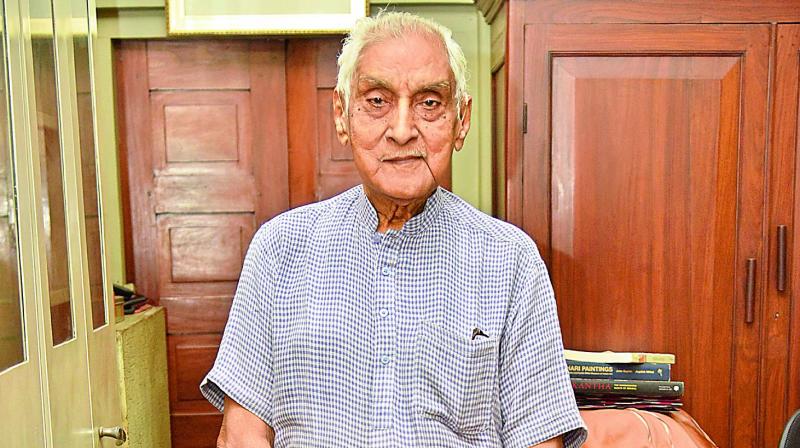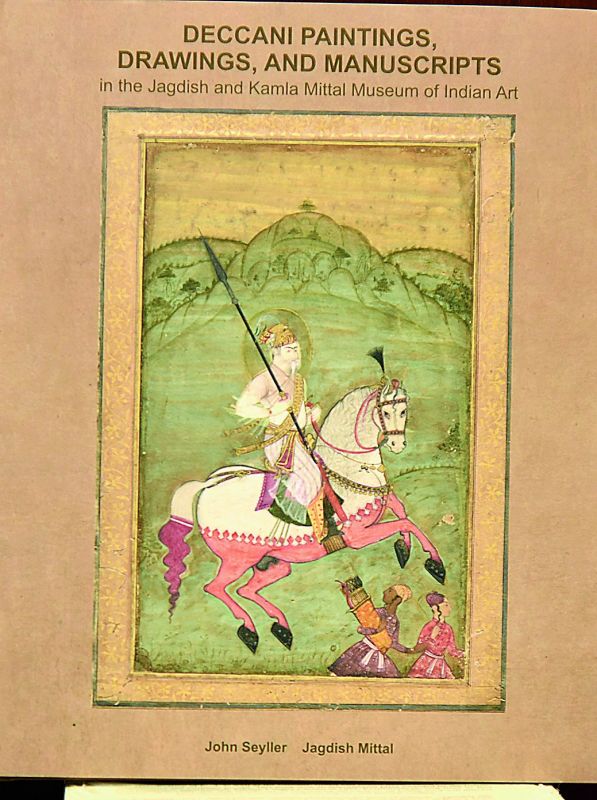Unsurpassable dedication

Jagdish Mittal has been honoured with numerous national and international awards for his dedication towards art for more than seven decades. He was recently awarded the prestigious Art Spectrum Award: South Asia 2017. While researching and delving deep into the intricacies of art traditions, he has left no stones unturned. He has not only satisfied his inquisitiveness but has also excelled in recording the knowledge.
His collection of Indian art is most exquisite, with almost 2,000 pieces dating from the 1st century BC to 1900 AD. In the year 1976, he and his late wife Kamla created a public trust named the Jagdish and Kamla Mittal Museum of Indian Art, to which they gifted their internationally acclaimed art collection of Indian miniatures, bronzes, metal ware, textiles, etc. The 93-year-old loves says about his collection, “After completing my studies in Fine Arts from Kala Bhavan, Vishwa Bharati, Santiniketan in 1949, I took a three-month teaching post at Chamba, one of the prominent centres of Pahari miniature painting. There I discovered the beauty of the traditional art form and felt a desire to know more about its technique and aesthetic elements. From one of the artists I bought some drawings and my first painting,” he says. This research inspired him to write his first article about Pahari miniatures.
 A Sneak Peak: (above) The book Deccani paintings, drawings and manuscripts (left) One of Jagdish Mittal’s favourite works from the book, Scenes from the life of Krishna.
A Sneak Peak: (above) The book Deccani paintings, drawings and manuscripts (left) One of Jagdish Mittal’s favourite works from the book, Scenes from the life of Krishna.
The present book on Deccani paintings, titled Deccani paintings, drawings and manuscripts is the tenth publication and has been-co authored by John Seyller, an art historian who teaches Asian art at the University of Vermont, USA. The book contains a set of two volumes, enlivened by the presence of brightly hued images of 104 works from the six-decade-old collection of by Kamla and Jagdish Mittal and 49 works from other collections. The works discussed in the book are from Deccan region and Central India. Especially noteworthy works are from the courts of Ahmadnagar, Bijapur and Golkonda painted during the 16th and 17th centuries.
The author says, “Some discoveries from the later courts at Aurangabad and Hyderabad exemplify the works of several newly identified major artists, which are also included in the book. Paintings from places such as Berar, Ellichpur, Nagpur and Nossam belonging to tributary states loosely allied to the Nizam of Hyderabad are discussed in depth for the first time ever.” The book promises to an art enthusiast a detailed, unique and highly informative content.

